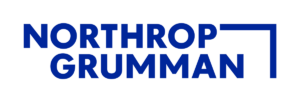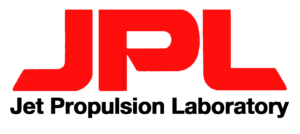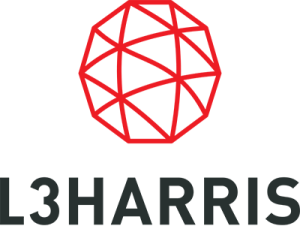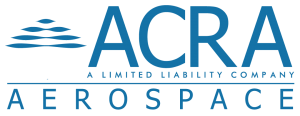From Multitasking to Working Remote: How To Keep Productivity High
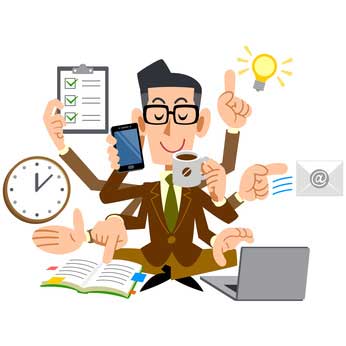
What is the secret to successful multitasking? Is it possible to able to multitask on several assignments at the same time? Multitasking has been a valued trait. The ability to take on various simultaneous projects used to be highly praised as an individual’s optimal level of performance.
However, most likely, multitasking is a quick way to burnout. Barraged with notifications across several devices, managing numerous deadlines among different superiors with different expectations, it can all summate to an overwhelming demand to do everything at once.
Research has found that every time you’re distracted with another task, call, or email that breaks your focus, it takes you an average of 25 minutes to return to the original task—attempting to focus on multiple tasks at once actually decreases productivity.
Being Able To Focus Is Better
Instead, focus on prioritization and monotasking. Instead of boasting an ability to multitask, the ability to prioritize, focus, and effectively execute singular tasks is a more realistic and leverageable skill.
Also, leverage your strengths. Are you a morning person? Get your most challenging and undesirable project started as soon as you sit down. Do you find your mind becoming more alert as the day passes? Use that momentum in the afternoon to close out projects and make key decisions you’ve been postponing.
Maintaining Productivity While Working Remote
As a working from home environment is becoming more readily accepted, business owners are faced with a difficult challenge—to trust their employees are remaining productive and handling responsibilities in the same fashion.
But daily check-ins and attempting to reach employees through the phone to monitor progress can also add to a list of responsibilities and projects. Ideologies of business owners aside, the future of business is working remotely, and productivity cost is very light, as explained in a recent report.
Our work-centric culture has evolved to do more with less. These expectations to achieve higher levels of productivity, profit, and growth rely on a workforce capable of meeting those demands with flexibility, high cognitive bandwidth, working memory capacity, and quick acuity to incoming distractions, all features of an ideal employee.
How does the average worker achieve this? Communication between your supervisor about blocking focus periods during the day, as well as requesting a prioritization of your responsibilities, can help you create a realistic formula for productivity.





